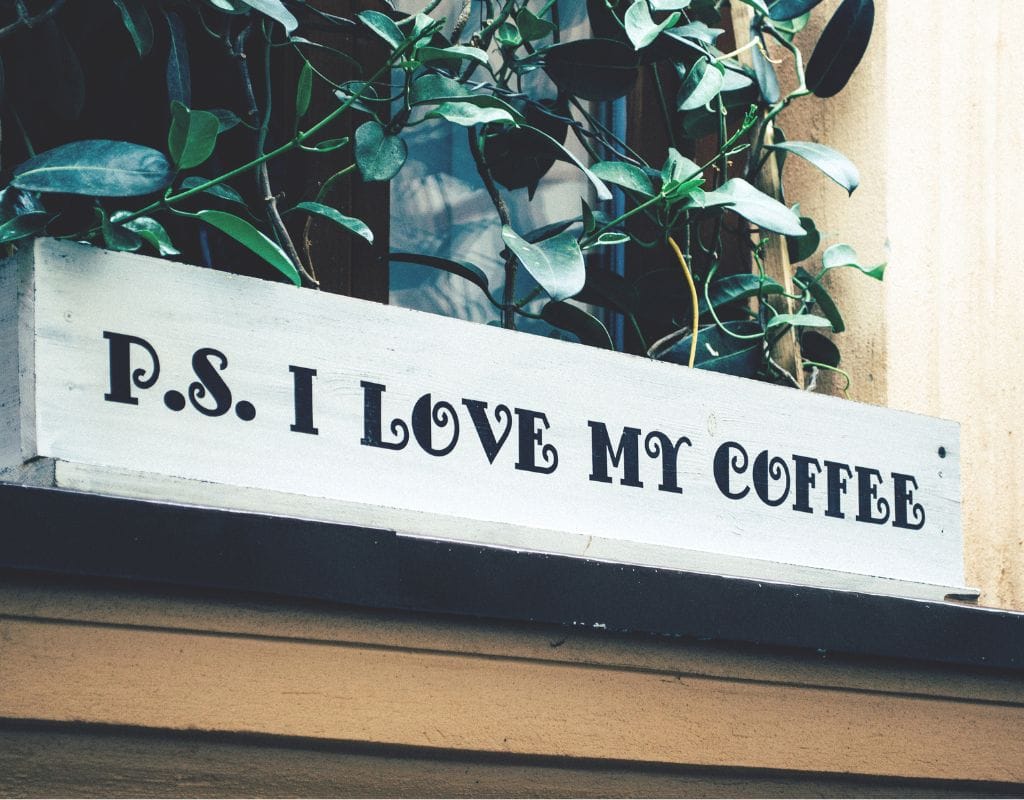There are little things that can make a big difference in email conversation. One of these details is where to put the "P.S." (postscript) at the end of an email. Even though "P.S." is typically overlooked, its placement can affect how your message is perceived and understood. This blog post will explain "P.S." in emails, including its origins, meaning, and ideal usage. No matter your email frequency or work experience, knowing where to write "P.S." will improve your emails.
Basic Email Writing Format
Emails are a common way to talk to people in both personal and business situations. Understanding the basic format of an email is important for figuring out where the postscript should go.
There are usually a few main parts to an email, such as:
- Sender Information: This provides the sender's name and email address. People often write it at the top of an email, in the title, or in the signature.
- Recipient Information: This has the recipient's name and email address. It is typically displayed below the sender's information.
- Subject Line: The subject line tells you what the email is about in a few words. It should be short, clear, and related to the email's subject line. When writing an email, the subject line goes right after the receiver's information.
- Greeting: The greeting is the welcome you give someone when you meet them. How formal and close the sender and receiver are can affect it.
A common way to greet someone is to say "Dear," "Hello," or "Hi" followed by their name. - Body: The main message or text of the email is in the body. It's where you say what you think, ask for information, or give news. The length of the body can change based on the goal and difficulty of the email.
- Closing: When you end an email in a nice way, you use the closing. Usually, it starts with "Best regards," "Sincerely," or "Thank you," and then the sender's name.
- Signature: The signature contains the sender's full name, work title, contact information, and any relevant social media links. Usually, people put a signature at the end of the email after the closed tag.

Understanding 'P.S.' and Its Role in an Email
"Postscript" derives from the Latin word "post scriptum," meaning "written after." 'P.S.' is a note added to emails after the main body. The location of "P.S." in an email may seem like a small thing, but it can have a big effect on how the recipient reads and understands it.
'P.S.' plays different roles in an email based on what the message is about and how the writer writes it. Here are some important things to think about:
- Attention-grabbing: Putting interesting or important information in the "P.S." part can get the attention of the recipient. People often skim through emails, so the "P.S." can help make important points stand out.
- Highlighting and Summing Up: You can use the "P.S." to draw attention to or sum up the email's main point. It lets the writer restate important points, draw attention to important details, or give a short summary of what the email is about.
- Additional Information: You can use 'P.S.' to add extra information that might not be connected to the main message. Users can use it to share more ideas, give updates, or provide more information that helps people understand the email better.
- Call to Action: The 'P.S.' part can sometimes include a call to action. It might make the person want to do certain things, like reply to an email, go to a website, or go to an event. Putting the call to action in the "P.S." part can make it seem more important or urgent.

Where to Put "P.S." in an Email
Figuring out where to put "P.S." in an email is very important for making sure it works and has an effect. Using 'P.S.' can change how the receiver understands and interacts with the extra information. This part will talk about the importance of placement, where the "P.S." usually goes, and give some examples of where it goes in different kinds of emails.
How Important Placement Is
Putting "P.S." at the end of an email can have an effect on the person who receives it. Because it stands out from the rest of the email, it is often one of the first things that people notice. Putting "P.S." in the right place can make someone feel interested, rushed, or important, which makes them more likely to read it and interact with the extra information it offers.
Where "P.S." Usually Goes
Although there are no hard and fast rules about the placement of "P.S.", people commonly follow certain standard practices. People often use 'P.S.' in the following places in an email:
- At the End of the Email: The most usual and traditional way is to put "P.S." at the very end of the email. Because of its location, it can be used as a conclusion to recap or expand on the main idea.
- Before the End: Another usual place is right before the end of the email. Putting "P.S." in this spot lets it serve as a bridge between the email's main body and its conclusion, making the flow smooth and drawing attention to important details.
- After the Signature: Some people like to put "P.S." after their signature block. Its placement at the end of the email increases its visibility and can grab the recipient's attention.
Examples of 'P.S.' in Different Types of Email
Where to put "P.S." in an email depends on its purpose and how it is written. You can use 'P.S.' in the following types of emails:
Formal Business Email
When writing a professional business email, you should put "P.S." before the closing and after the main body of the email. As an example:
Thanks,
John Doe
P.S. Please note that we have pushed back the report's due date to Friday.
Sales or Marketing Email
You usually put "P.S." at the end of a sales or marketing email right before the close. You can use it to remind people of a special deal, draw attention to a key benefit, or make them feel like they need to act quickly. For example:
Many thanks,
Jane Smith
Also, don't miss our deal for a short time! When you check out, use the code SAVE20%.
Personal Email
"P.S." can go at the end or before the closing of a personal email, based on what you want to happen. You can use it to add something else, tell a story, or ask a question. As an example:
Be careful,
Mike
P.S. By the way, have you seen the latest episode of our favorite TV show? Let me know your thoughts!
By thinking about the point of your email and the effect you want "P.S." to have, you can place it in a way that gets the most out of it and keeps people reading. Next, we'll talk about the best ways to use "P.S." in an email, including when it's okay to use it, how to write a good "P.S.," and mistakes you should never make.

How to Use "P.S." Correctly in an Email
To use "P.S." correctly in an email, you need to think about it carefully and follow best practices. 'P.S.' is used when it's appropriate, and this part will show you how to write a good one and point out common mistakes you should avoid.
When It's Appropriate to Use 'P.S.'
- Key Points: "P.S." can be used to stress key points or important information that was already said in the email's body. It's like a warning or a summary that makes important points stand out.
- Adding Extra Information: "P.S." can be used to add extra information that is related to the main message but might have been missed or needs extra stress. It lets you add more information or background without stopping the main body's flow.
- Highlighting Important or Time-Sensitive Information: "P.S." can highlight urgent or vital information. Putting it at the end will get their attention and make sure they don't miss the important information.
Tips on How to Write a Good "P.S."
- Keep it Short: "P.S." should only be one or two lines long, at most. This makes sure that it gets the reader's attention without giving them too much information at once.
- Make it Stand Out: Use a different style to make "P.S." stand out from the rest of the email. To make it stand out, you can make it bold, italicize it, or even change the color of the font.
- Focus on the Most Important Information: In your "P.S." part, put the most important information or call to action at the top of the list. This makes sure that the important information is still in the "P.S." part even if the person reading the email quickly skims it.
- Keep a Coherent Flow: Make sure the "P.S." section fits in with the email's general tone and message. It shouldn't feel like an afterthought; it should feel like a natural growth of the main body.
Common Mistakes to Avoid
- Overusing "P.S.": Don't use "P.S." in every email, or it might lose its power and stop working as well. Use it only when it really adds something useful or draws attention to something important.
- Putting In Useless Information: The "P.S." should only have information that is important to the main message or helps the recipient. Adding unnecessary items can confuse the reader and weaken your "P.S."
- Not Paying Attention to the Main Body: "P.S." can be interesting, but it shouldn't take away from the main body of the email. Before you focus on the "P.S." part, make sure the main message is clear, brief, and well-organized.
By following these tips, you can use "P.S." in your emails to emphasize important points, give extra information, and make people feel like they need to act quickly. In the next part, we'll talk about other ways to end emails besides "P.S." These include using postscripts for business emails and different methods for casual emails.

What to Use Instead of "P.S." in Emails
'P.S.' is a popular way to end emails, but there are other ways to add more information or stress important points. In this part, we'll talk about how to use postscripts in business emails and different ways to add extra information to casual emails besides just writing "P.S."
How to Use Postscripts in Business Emails
In business situations, it's important to keep a serious tone while getting your point across. Try using postscripts (shortened as 'P.S.S.', 'P.P.S.', etc.) instead of 'P.S.' to add extra information. Here are some examples:
P.S.S
As a second postscript, use "P.S.S." to include extra information that is important but not necessary for the main point. As an example:
Best regards,
John Doe
P.S. Thank you for your prompt response.
P.S.S. I have attached the updated sales report for your review.
P.P.S
Include a third postscript called "P.P.S." to draw attention to an important detail that was accidentally left out from the main body or "P.S." section. For example:
Best regards,
Jane Smith
P.S. Please find attached the meeting agenda.
P.P.S. Just a reminder, the venue for the meeting has changed to Conference Room B.
You can add important information to business emails without stopping the flow of the main body by using postscripts. It gives more information in an organized and professional way.
Other Ways to End Casual Emails Besides "P.S."
If you are emailing someone in a more relaxed or informal way, you can try other ways to include extra information besides just writing "P.S." Here are some other options to think about:
- Separate Paragraph: Instead of writing "P.S.," put more information or thoughts in a separate paragraph at the end of the email. So, there is a clear break between the main body and the extra information.
- Bullet Points: If you want to make more than one point, you might want to list them all separately with bullet points. The information looks better and is easy to read in this format.
- Inline Annotations: Instead of writing "P.S." to add information, you can use braces, parentheses, or asterisks to mark the important parts of the email. This makes certain points stand out without adding a different section.
By looking into these other options, you can add more information or stress important points in a way that fits the tone and purpose of your email better and is more interesting.
As this blog post comes to a close, it's important to remember that where you put "P.S." or other words should be carefully considered and done in a way that makes your email clearer and powerful. By knowing where to put things and using different methods, you can get your point across clearly and make your emails more interesting and remembered.

